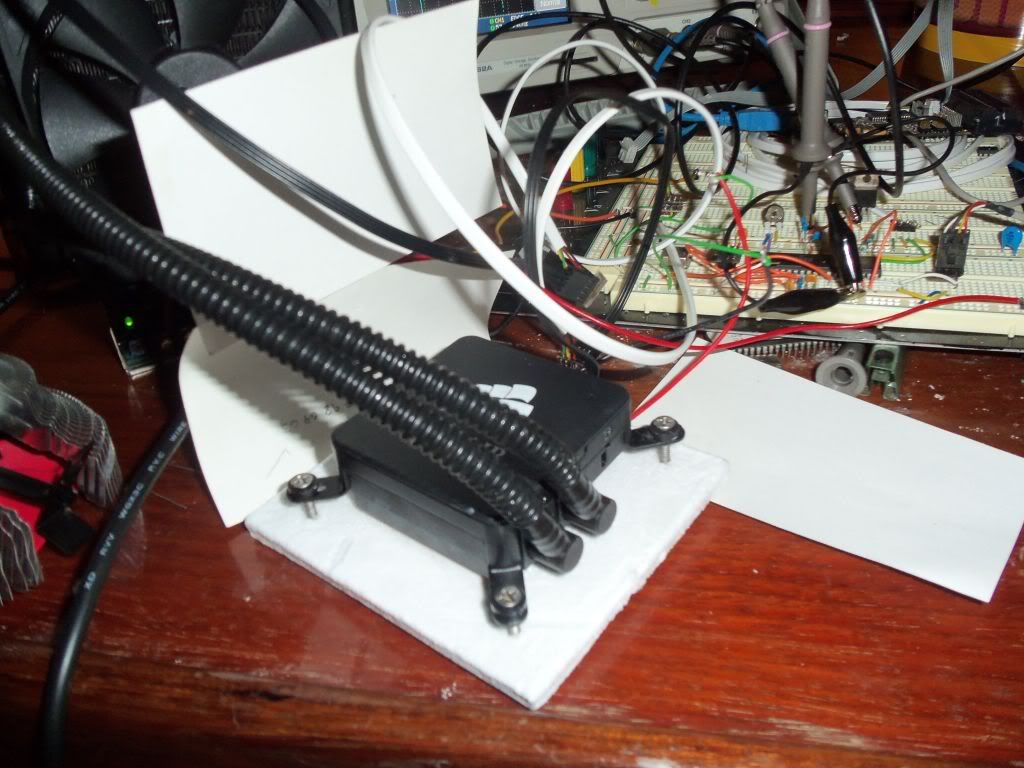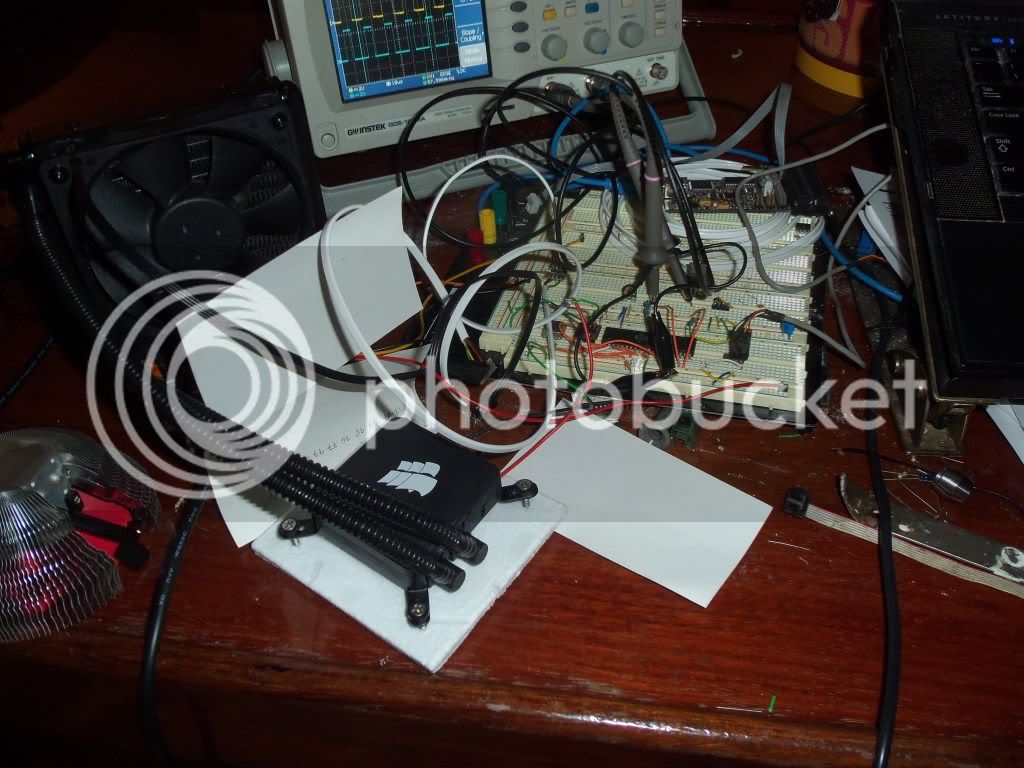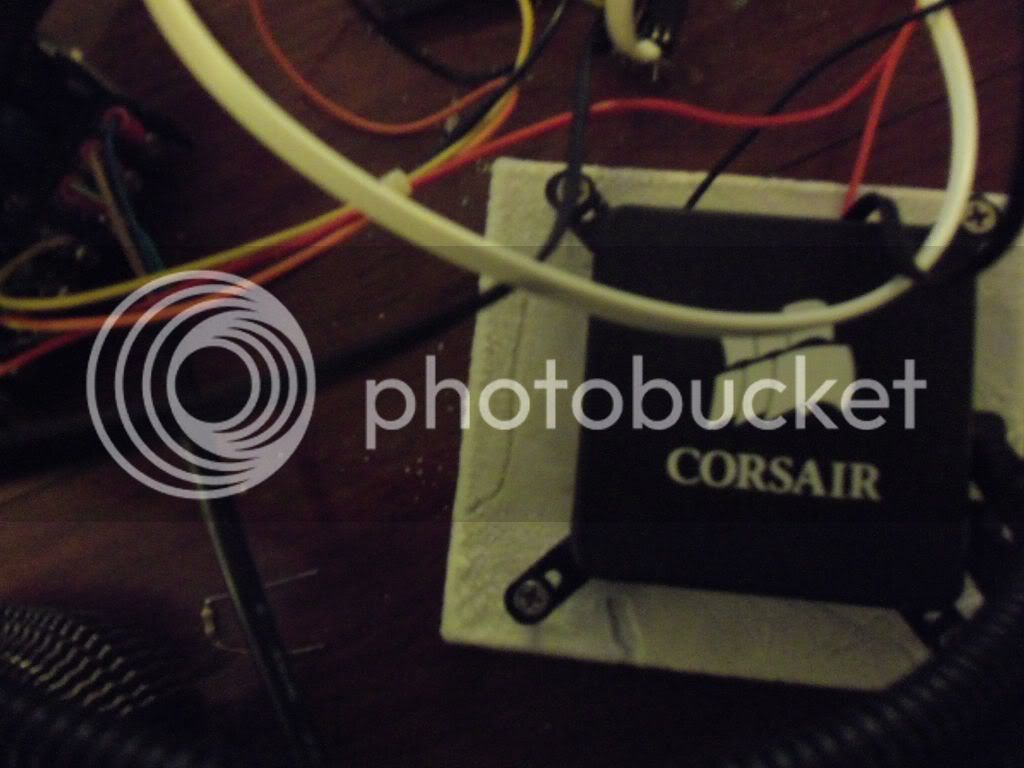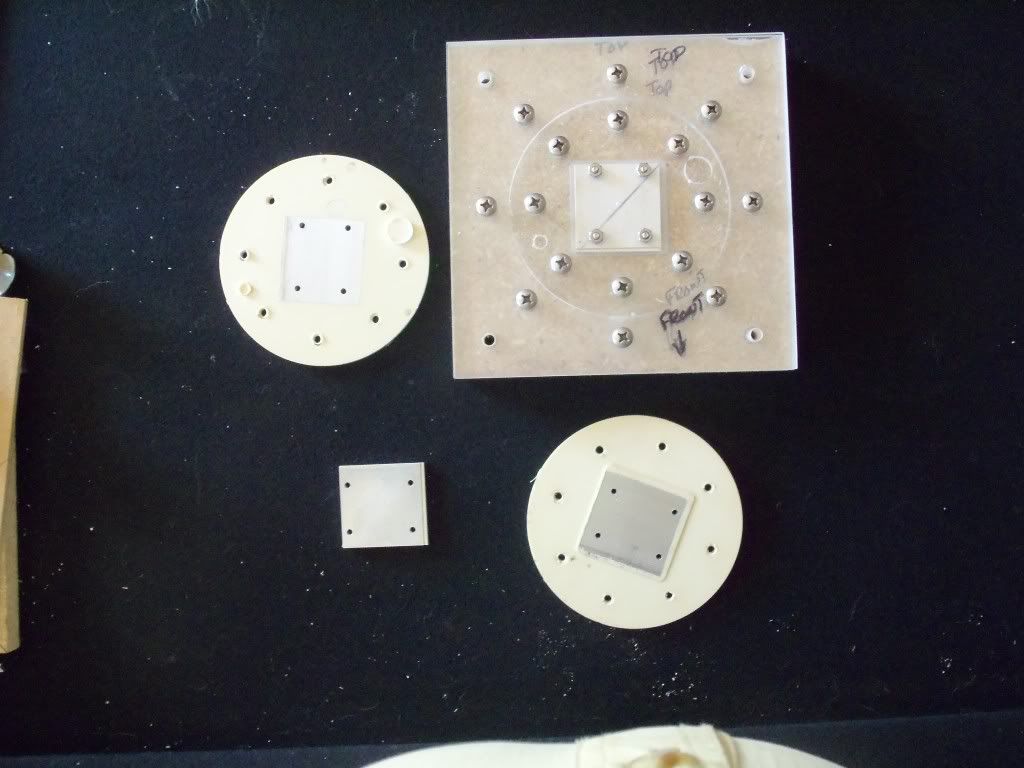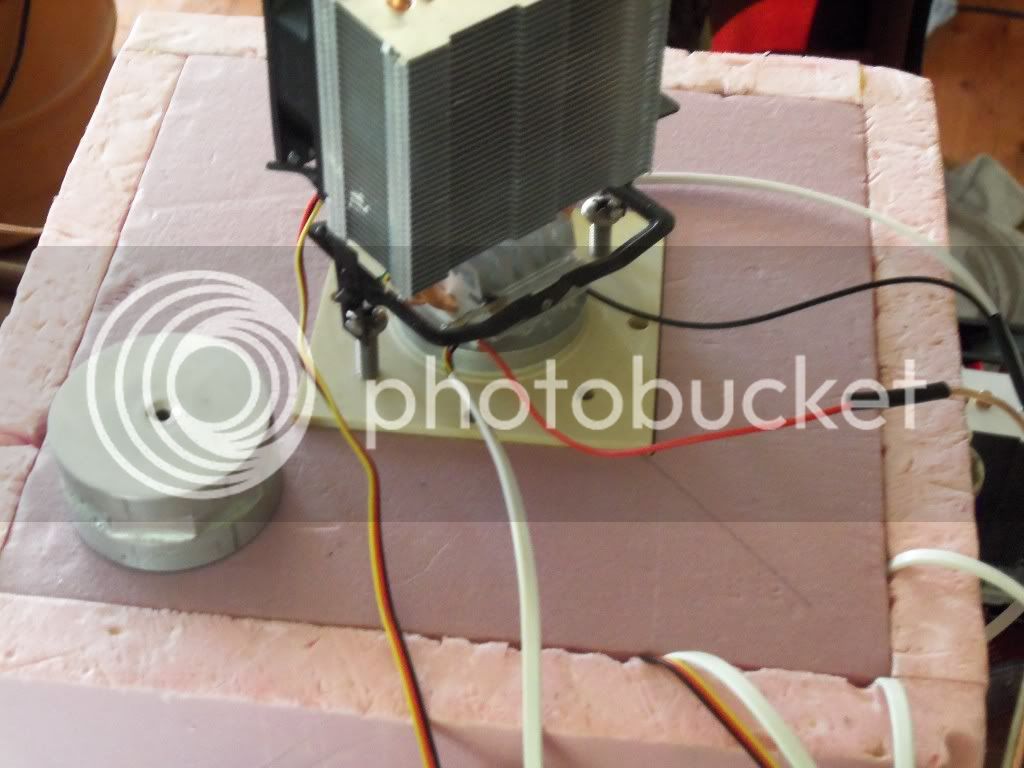I have been playing with an idea using a TEC (ThermoeElectric Cooler) for chilling/heating a fermentation vessel. These little semiconductor devices offer ~85W of cooling/210W of heating at a very low initial cost (< $ 0.10/W) and a high degree of temperature separation from ambient (~60C). Honestly associate fans/heat sinks/insulation are more primary costs. The general idea is to build a cost effective temperature controlled environment for fermentation. While I fully intend to explore the venue for my own purposes, I am curious if such a device would be of interest to others.
Fixed costs of such a cooler would be the TEC & heat sinks, the PS, the "box" and the controller; variable costs would be the size of the box, the amount of heat removal (cooling) and the fit and finish of the "box".
Everything I am talking about can certainly be achieved with a craigs list freezer and an external thermostat, perhaps for less money. The cost of a 6 gallon carboy sized device would be close to $200, but the cost of a 1/2bbl Sankey keg sized device wouldn't be much more (perhaps $250). The advantage to individual fermenter coolers would be independent temperature control and space savings (pick a temp between 32F and 86F with +/- 0.25F or greater resolution and +/- 0.5F accuracy) with data logging for the entire fermentation process (180 days or more in user selectable time increments easily imported/monitored with a PC.)
I am curious if anyone would be interested in such a cooler @ ~$200-$300; or, if anyone would be interested in an open source project of basically the same cost basis. (Honestly in "production" the cost (w/o shipping) of a finished unit would probably be less than DIY). The finished dimensions of the cooler would essentially be the fermenter vessel + 4in in all planes except the "top" where the "internal box clearance" would need to be height + ~9in.
The expensive parts of the system would be:
1) The liquid heat Transfer System (~$70)
2) The Pourable Foam used for insulation/construction(~$60)
3) The Power Supply (~$25)
4) Cosmetics ($20)
5) The Cooling Fan & Heat Sink ($15)
7) The Misc Alum parts (~$15)
8) The uController PCB & Components (~$15)
9) TEC (~$7)
The mold for the foam (with a modest CNC router or careful hand work) shouldn't cost more than ~$50 in materials. The various "finishing" parts should be trivial in material cost, but would require either careful hand or CNC processing.
Obviously the cost estimates DO NOT include the fermentation vessel, and as the volume of the fermentation vessel increases the various costs associate with construction increase (but with some economy of scale, eg, the FOAM & "finishing" components increase as volume increases, but the power supply, cooling fans & heat sinks remain fairly constant).
While I plan to follow this project through to a few finished units for personal use regardless of other interest, I am curious if others might be interested in 1) an open source project where the design, PCB, firmware/software and construction were documented, or 2) where the finished product were offered for sale. The two are NOT mutually exclusive. I have a day job, and am not looking to support myself from this endeavor; if I made these units for sale it would be on a hobby scale, much like a wort chiller: any profit would come from purchasing materials in bulk. The primary advantage to individual cooling units for fermentation would be to those interested in simultaneously fermenting different batches at different temperatures, or for people who have space restrictions. From an energy point-of-view a TEC (peltier cooler) is ~ 80% less efficient than a conventional liquid based heat pump, but they are far less expensive to construct than a similarly sized heat pump on a small scale. TEC cooling requires CONSIDERABLY less daily effort than "ice" based cooling but is otherwise similar in cost of construction, and perhaps less expensive from an energy foot-print point-of-view.
Again, the project does not involve "magic", and there are certainly ways to achieve the end result less expensively (eg a $50 craigs list chest freezer and an external temp controller), but if there are people out there who are interested in fermenters with a small footprint, exacting temperature control AND logging with minimal effort then perhaps this project is of general interest.
Thanks in advance for any comments or responses
Fish
Fixed costs of such a cooler would be the TEC & heat sinks, the PS, the "box" and the controller; variable costs would be the size of the box, the amount of heat removal (cooling) and the fit and finish of the "box".
Everything I am talking about can certainly be achieved with a craigs list freezer and an external thermostat, perhaps for less money. The cost of a 6 gallon carboy sized device would be close to $200, but the cost of a 1/2bbl Sankey keg sized device wouldn't be much more (perhaps $250). The advantage to individual fermenter coolers would be independent temperature control and space savings (pick a temp between 32F and 86F with +/- 0.25F or greater resolution and +/- 0.5F accuracy) with data logging for the entire fermentation process (180 days or more in user selectable time increments easily imported/monitored with a PC.)
I am curious if anyone would be interested in such a cooler @ ~$200-$300; or, if anyone would be interested in an open source project of basically the same cost basis. (Honestly in "production" the cost (w/o shipping) of a finished unit would probably be less than DIY). The finished dimensions of the cooler would essentially be the fermenter vessel + 4in in all planes except the "top" where the "internal box clearance" would need to be height + ~9in.
The expensive parts of the system would be:
1) The liquid heat Transfer System (~$70)
2) The Pourable Foam used for insulation/construction(~$60)
3) The Power Supply (~$25)
4) Cosmetics ($20)
5) The Cooling Fan & Heat Sink ($15)
7) The Misc Alum parts (~$15)
8) The uController PCB & Components (~$15)
9) TEC (~$7)
The mold for the foam (with a modest CNC router or careful hand work) shouldn't cost more than ~$50 in materials. The various "finishing" parts should be trivial in material cost, but would require either careful hand or CNC processing.
Obviously the cost estimates DO NOT include the fermentation vessel, and as the volume of the fermentation vessel increases the various costs associate with construction increase (but with some economy of scale, eg, the FOAM & "finishing" components increase as volume increases, but the power supply, cooling fans & heat sinks remain fairly constant).
While I plan to follow this project through to a few finished units for personal use regardless of other interest, I am curious if others might be interested in 1) an open source project where the design, PCB, firmware/software and construction were documented, or 2) where the finished product were offered for sale. The two are NOT mutually exclusive. I have a day job, and am not looking to support myself from this endeavor; if I made these units for sale it would be on a hobby scale, much like a wort chiller: any profit would come from purchasing materials in bulk. The primary advantage to individual cooling units for fermentation would be to those interested in simultaneously fermenting different batches at different temperatures, or for people who have space restrictions. From an energy point-of-view a TEC (peltier cooler) is ~ 80% less efficient than a conventional liquid based heat pump, but they are far less expensive to construct than a similarly sized heat pump on a small scale. TEC cooling requires CONSIDERABLY less daily effort than "ice" based cooling but is otherwise similar in cost of construction, and perhaps less expensive from an energy foot-print point-of-view.
Again, the project does not involve "magic", and there are certainly ways to achieve the end result less expensively (eg a $50 craigs list chest freezer and an external temp controller), but if there are people out there who are interested in fermenters with a small footprint, exacting temperature control AND logging with minimal effort then perhaps this project is of general interest.
Thanks in advance for any comments or responses
Fish


